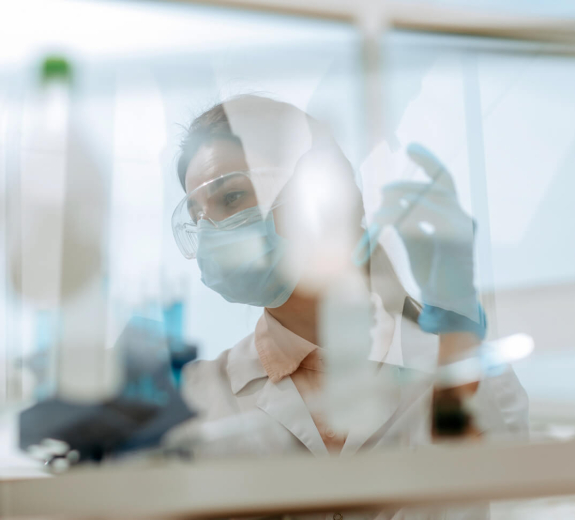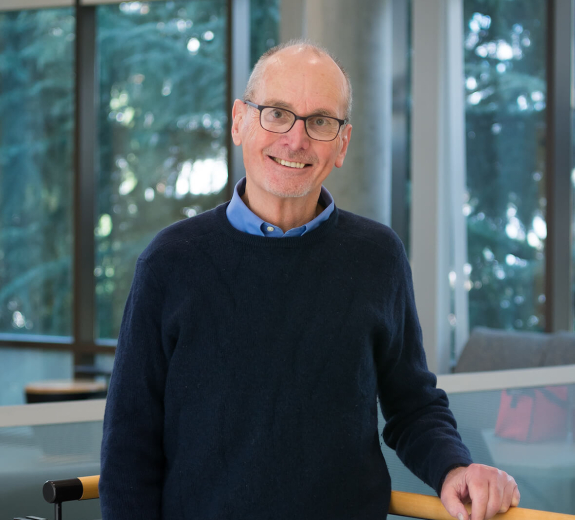T cells have receptors (called TCRs), that stick off their surfaces. Those receptors are made of two chains of molecules called amino acids, the alpha chain and the beta chain. Researchers have spent countless hours examining the beta chains — but we know much less about TCR alpha chains.
Studying beta chains in T1D had given researchers the impression that TCRs were extremely different from one person to another, and didn’t seem related to disease. But Dr. Linsley’s team discovered something surprising and different: A subset of cells with alpha chains that were the same between several individuals who were recently diagnosed with T1D. And that’s what led to their new finding.
“We looked where no one else had looked and found that alpha chains had properties suggesting they could be a target for treating T1D,” Dr. Linsley says.




